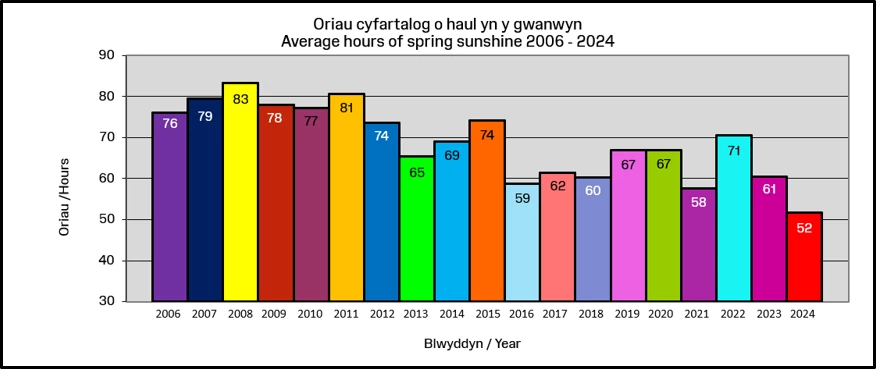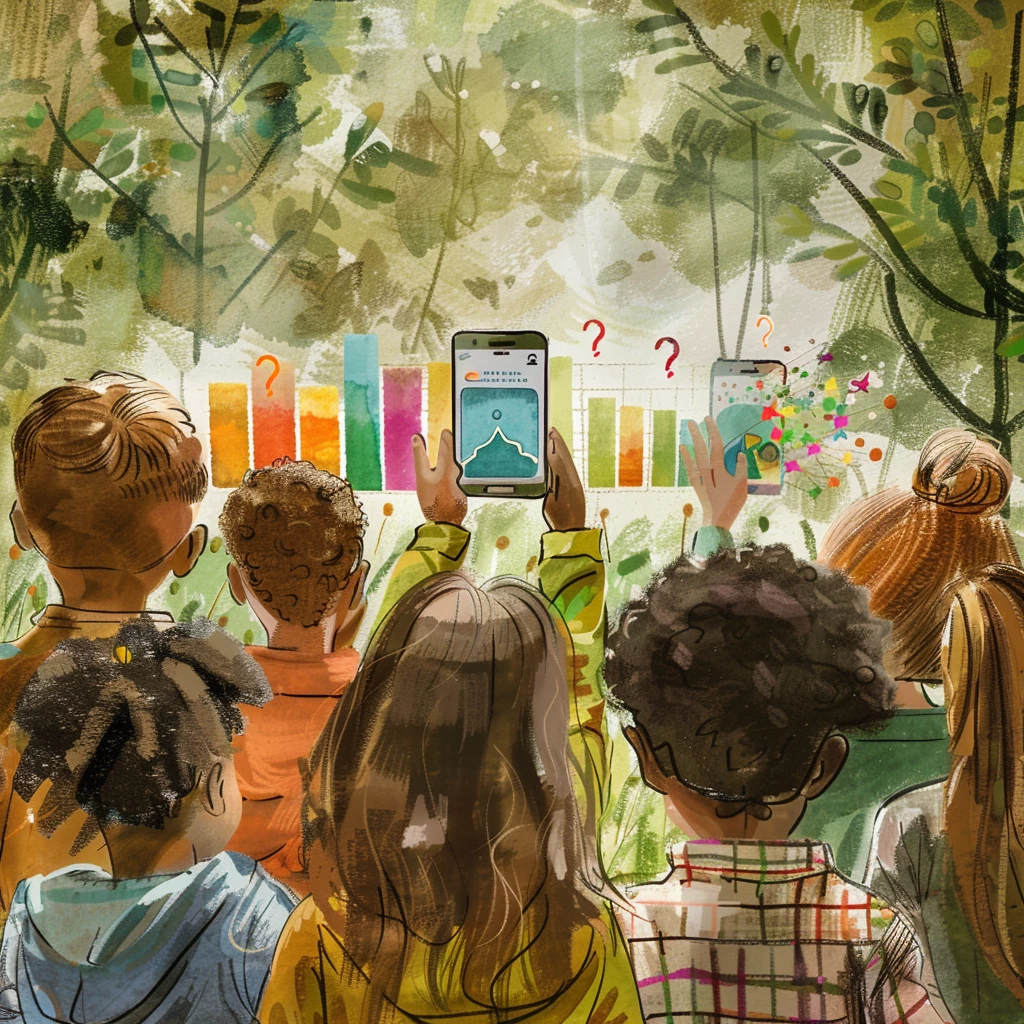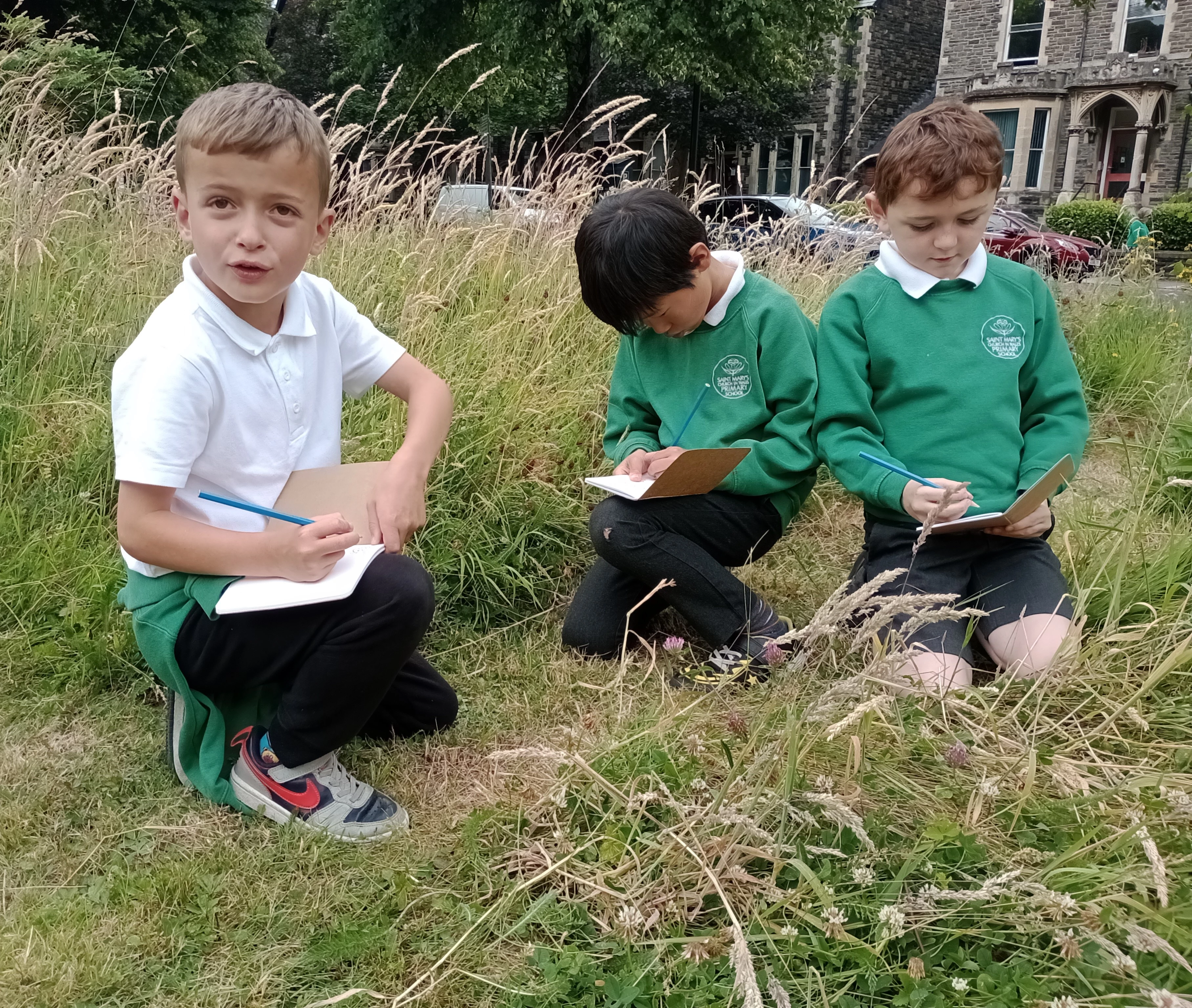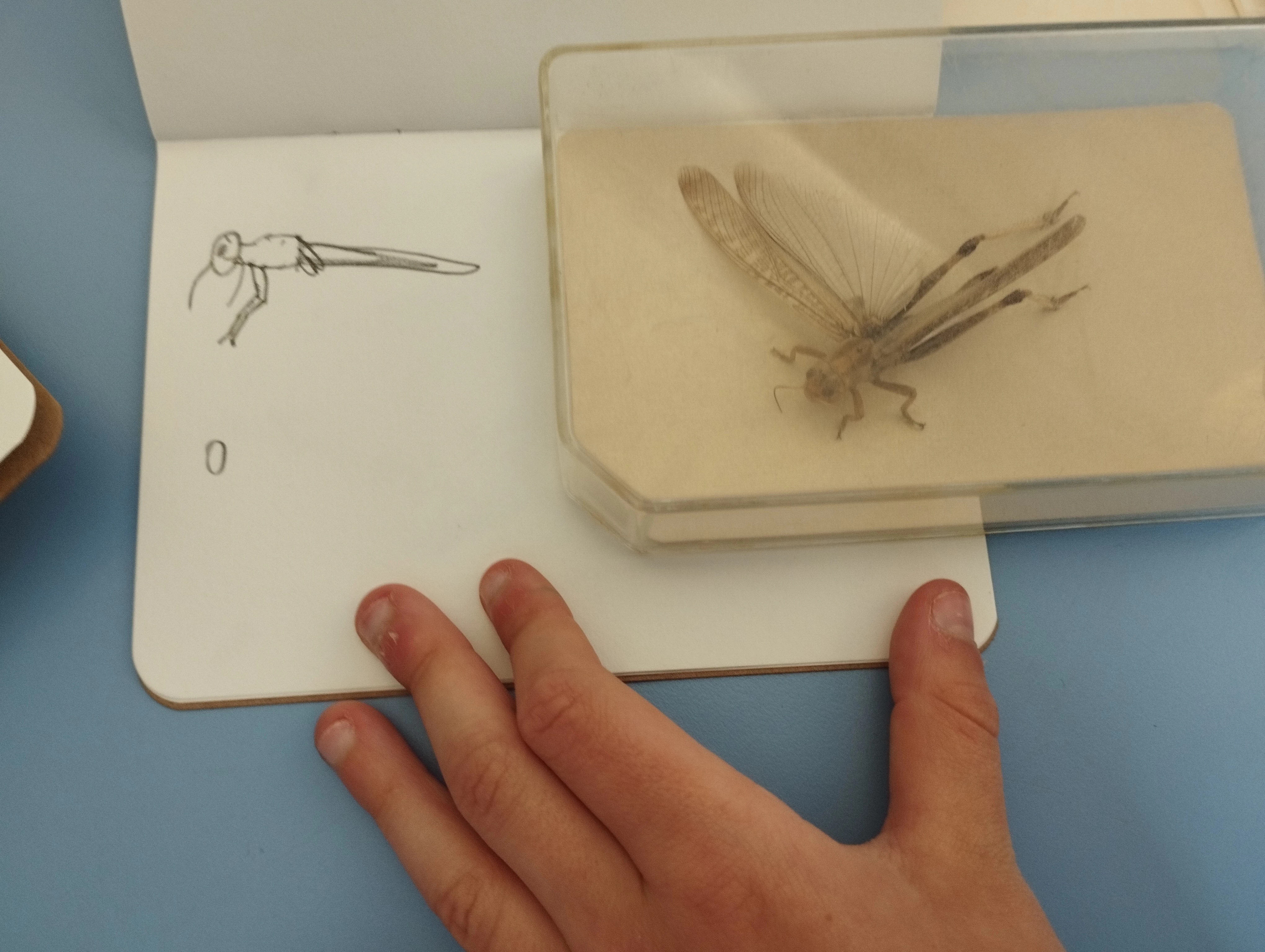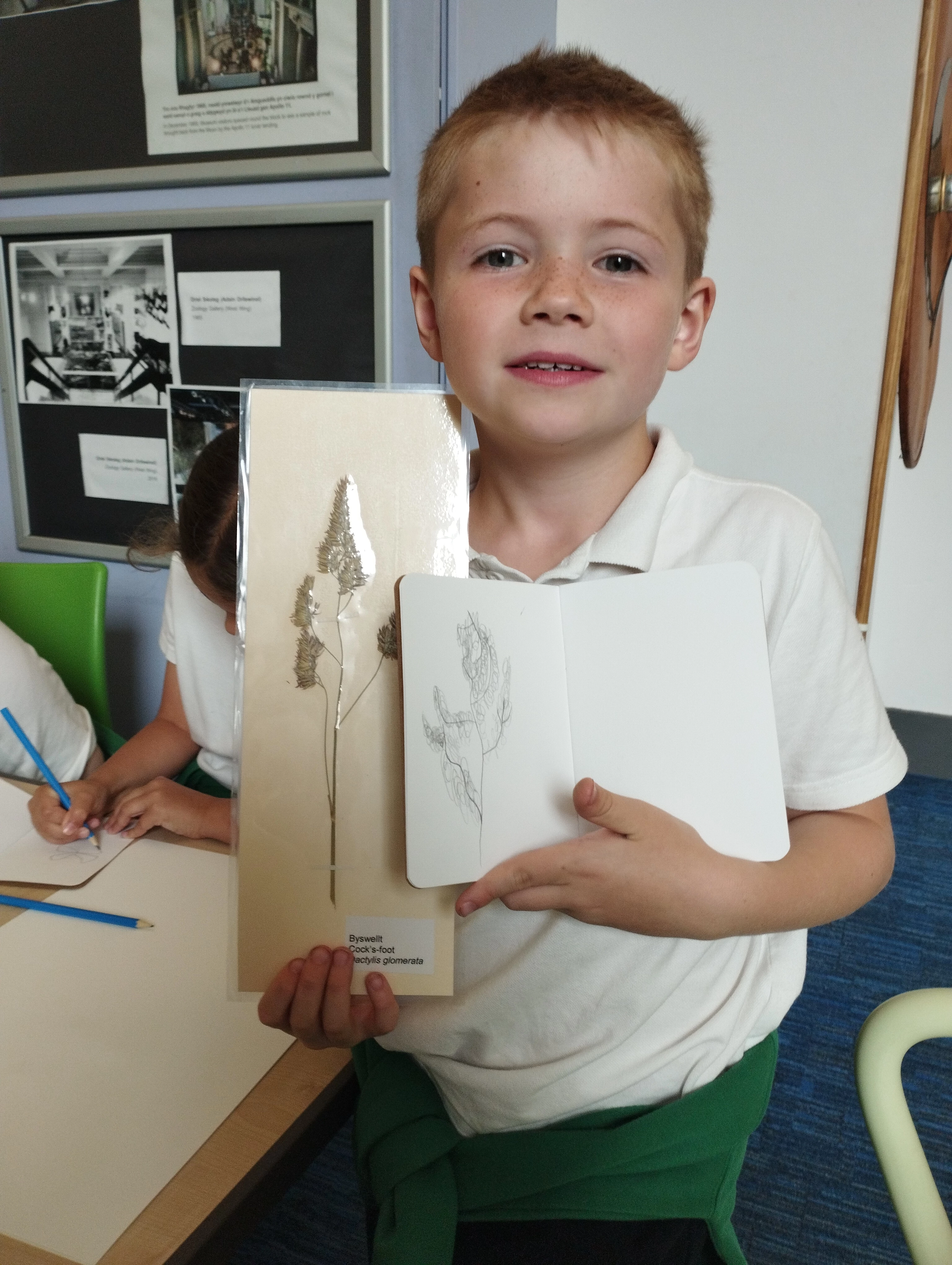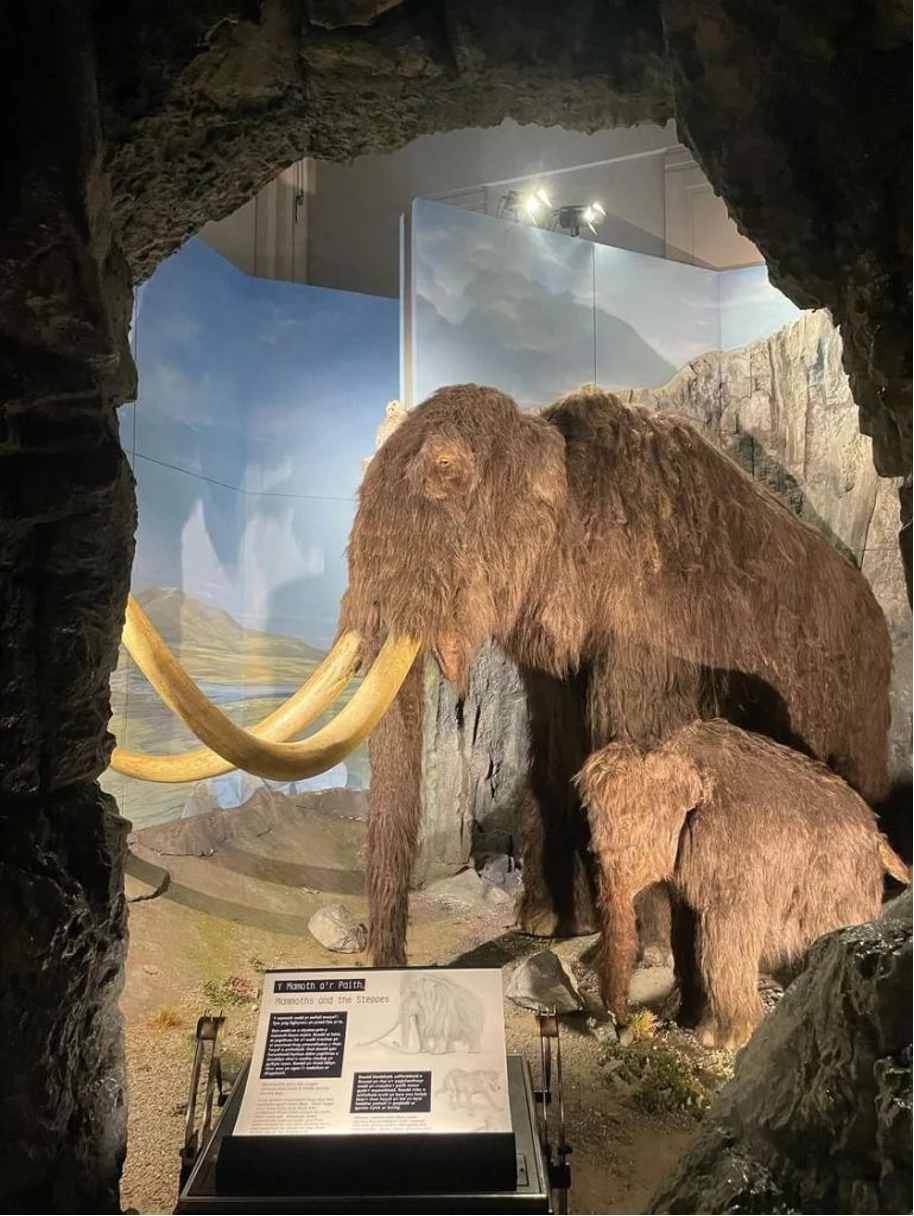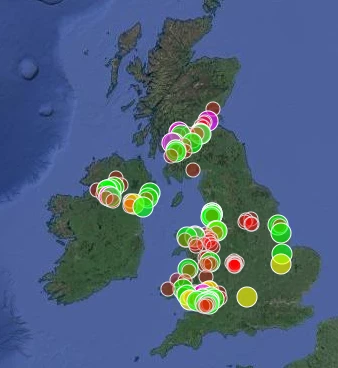Sgwrs gyda Theatr na n'Óg
, 4 Medi 2024
Mae Theatr na n'Óg wedi bod yn frwd dros adrodd straeon ers 40 mlynedd ac wedi cydweithio gyda nifer o safleoedd Amgueddfa Cymru. Gyda'i gilydd, maent wedi cydweithio ar lawer o brosiectau sydd wedi dod â hanes a diwylliant Cymru yn fyw, gan ysbrydoli pobl ifanc ac oedolion ar draws llawer o weithdai a pherfformiadau.
Mewn blynyddoedd blaenorol mae Amgueddfa Genedlaethol Caerdydd ac Amgueddfa Genedlaethol y Glannau wedi cydweithio gyda nhw ar amrywiaeth o brosiectau. Yn 2009, sioe Alfred Russel Wallace, y ffocws oedd ymchwil Wallace ar esblygiad a wnaeth sbarduno Darwin i gyhoeddi 'On the Origin of Species'. Yn 2022, daeth stori Elgan Jones, bachgen 14 oed a arestiwyd am potsio yn 1898, drama ystafell llys oedd hon a osododd y gynulleidfa fel rheithwyr. Nawr, yn 2024, mae Amgueddfa Genedlaethol y Glannau yn gweithio gyda nhw unwaith eto ar brosiect yn archwilio hanes y bocsiwr Cuthbert Taylor, a anwyd ym Merthyr Tudful, mewn cynhyrchiad o'r enw 'The Fight.'
Er mwyn cael dealltwriaeth ddyfnach o Theatr na n'Óg, 'The Fight, a rôl y mae Amgueddfa Cymru yn ei chwarae yn y bartneriaeth, eisteddodd Leisa Williams, Uwch Swyddog Dysgu Amgueddfa Genedlaethol y Glannau a Geinor Styles, Cyfarwyddwr Artistig Theatr na n'Óg, i gael sgwrs am brosiectau ddoe a heddiw.
Defnyddiwch y chwaraewr cyfryngau i wrando ar y sgwrs yn llawn.
Ynghylch ‘The Fight’ |
Mae "The Fight' yn ddrama newydd sbon sy'n adrodd stori gwir am arwr bocsio Cymraeg.
Yng nghymoedd difreintiedig y 1930au, roedd bocsio yn fwy na fath o chwaraeon; roedd yn ffordd allan o dlodi. Ganwyd Cuthbert Taylor yn Merthyr, gwelwyd nawr fel un o focswyr orau ei genhedlaeth, dylai fod wedi cael y cyfle i frwydro am deitl Prydeinig, ond cafodd ei wrthod oherwydd lliw ei groen.
Gan Geinor Styles, Cyfarwyddwyd gan Kev McCurdy






